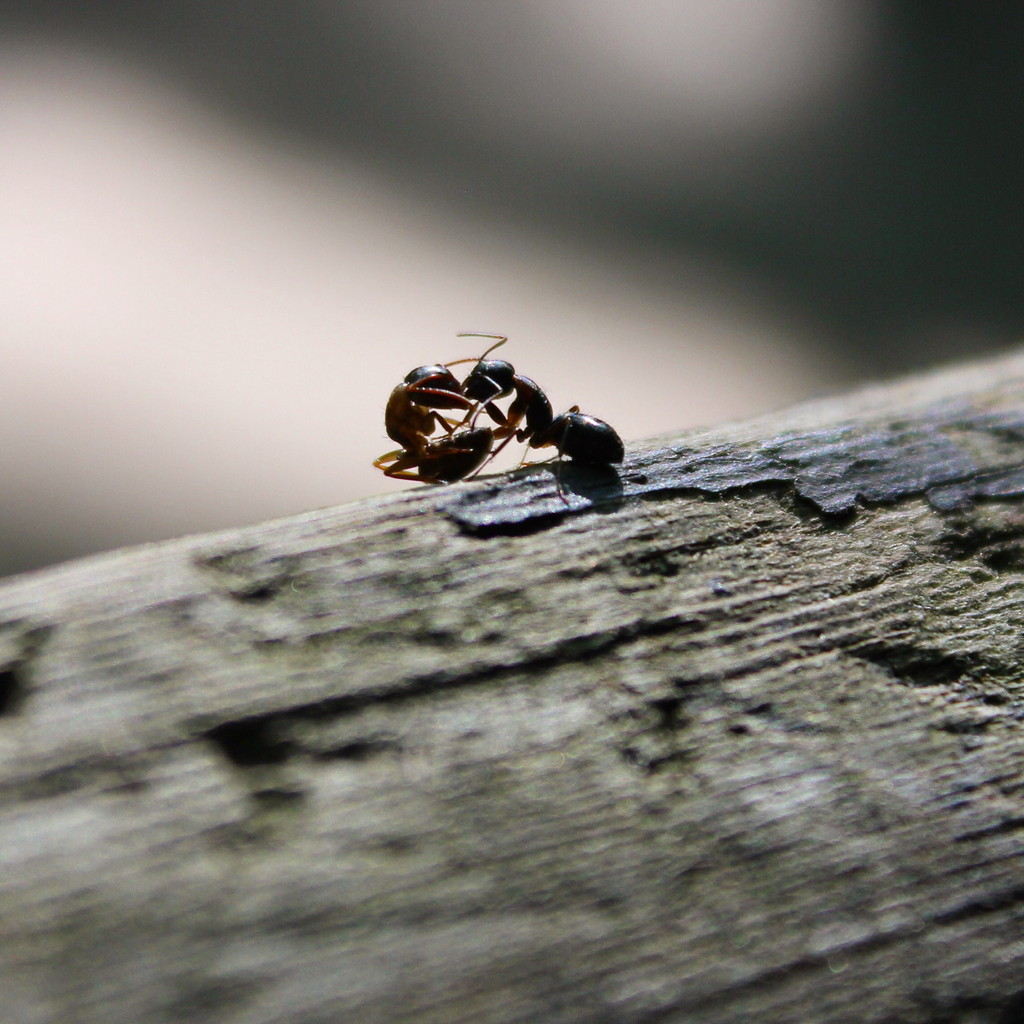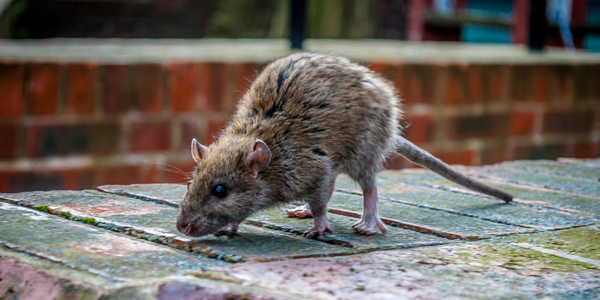
These Ants Will Rescue Their Wounded Nest Mates!
What we’re about to explain to you is like a war movie — but with ants!
There are over 12,000 species of ants scattered all throughout the world, but there’s one species that looks out for one another on the battlefield — Megaponera analis.
After hearing this crazy explanation, you’ll think of ants in a different light!
Ants on the Battlefield
The species, known as Megaponera analis, are native to Sub-Saharan Africa. These ants are known for attacking termites and bringing them back to their queen.
However, during battle with their enemy (funny because humans hate termites just as much), they will experience injuries and casualties. Some ants won’t make it, others will be seriously injured, and others may lose a limb or two.
But when you’re a Megaponera analis, you won’t just abandon your fellow nest mates if they’re calling for help on the battlefield.
Saving Their Own Kind
Injured ants will send out a pheromone when they’re injured or are close to death. This is their distress signal!
Ants who aren’t injured will go from ant to ant, inspecting the damage. If the damage is minimal (a missing leg or a few bite marks), the ants will carry their mates back to the colony. Others that are hurt too badly will be left behind, especially if they have open wounds that could cause disease and spread to the rest of the colony.
In the next 24 hours, the ants who have been rescued will be treated — usually by licking the wounds for several minutes. It is thought that these ants have antimicrobial agents in their saliva that fight off infections.
Any ants who lost a limb or two will usually be able to live and perform as they had earlier, even with less limbs!
Who Decides Who Live and Who Dies?
A series of tests were conducted to see who was in charge of deciding which ants are saved and which are left to die. These are findings:
- Injured ants are the ones that let the paramedics know if they should be saved or not.
- Ants with non-life threatening injuries will walk slow and stumble when other ants are nearby.
- When paramedic ants arrive to carry an injured mate, the injured one will curl up — making them easier to carry.
- Ants who are seriously injured will behave erratically by flailing their bodies.
- Paramedic ants that try to save seriously injured ants will find them impossible to carry because of their erratic movements. They will give up and leave, allowing the injured ants to die.
While this species of ant don’t inhabit the United States, it still is an amazing thing we wanted to share with you!
For those that do have another species of ant infesting their home, then we’ll be able to help you remove that.



